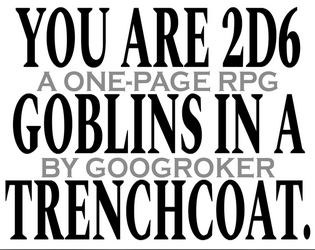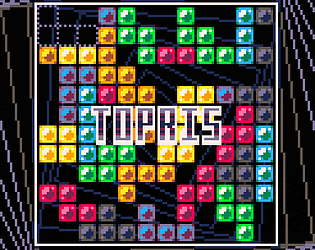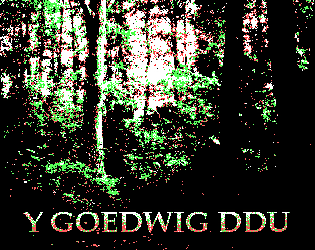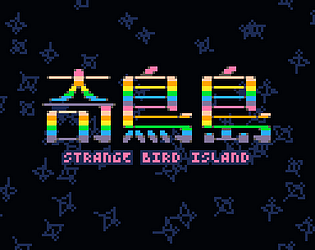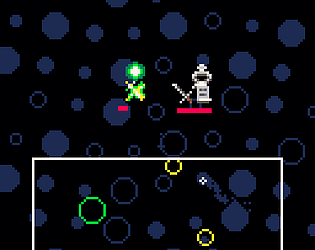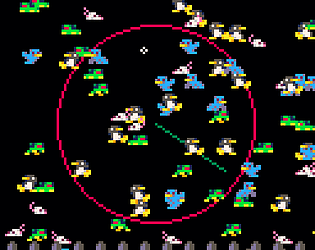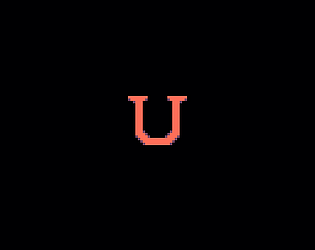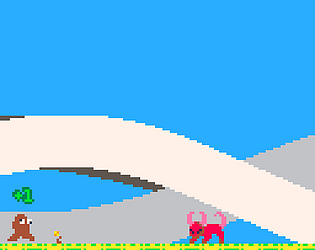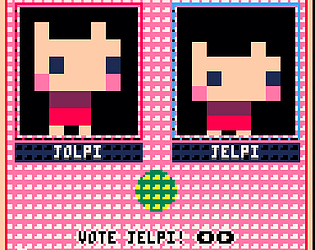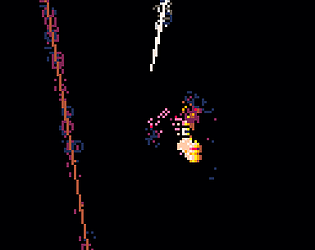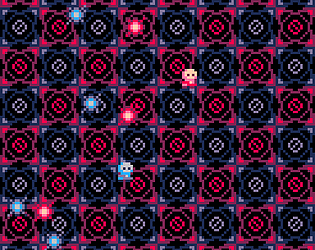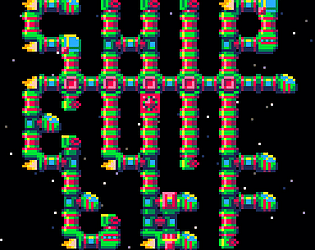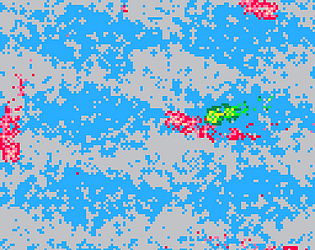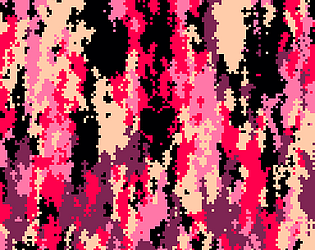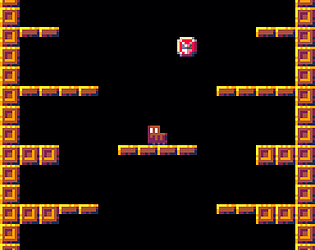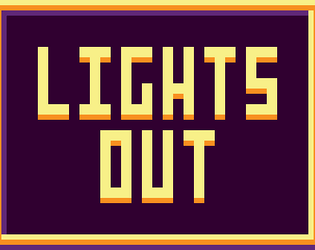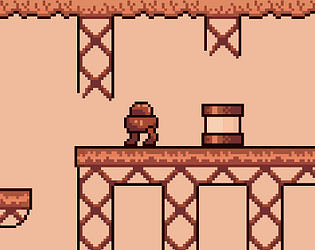I enjoyed this a lot more than I expected to.
Both the crudeness of the artstyle and the absurd point-and-click adventure logic wrap around into being distinctly charming, and the almost platonic simplicity of the mechanics of play left almost no room for confusion or frustration to detract from that. The primary interactions, those being moving around and mashing everything in your inventory against overworld objects, are smooth and effortless in terms of input, which is more than can be said for even a lot of fleshed-out and visually polished entries. Despite everything, this is actually one of my favorites from the GMTK Game Jam so far.
GooGroker
Creator of
Recent community posts
I've once again stumbled onto this game. Three years ago, I left a bitter, vaguely passive-aggressive comment, and I feel like this game deserves a slightly better review, one less clogged with salt.
Aesthetically, this game is stellar. Clearly, a lot of care and effort has been put into the way that its elements look and feel, from the butter-smooth tweens and slides in all its GUI to the smaller details, like the way that hint tiles are thrown into the air from the stake's impact. One touch I particularly appreciated was the grayscale, bit-crushed vampire portraits; they exude uncanny, inhuman menace in a way that works perfectly for the tone.
I deeply admire the visual style on display here, which makes the gameplay they serve so much more disappointing. The core issue, I think, is that the elements of risk create boredom, rather than excitement. The omnipresent threat of completely wiping your save file severely discourages risky play, especially in the last few levels. For all the prompting the game does to "double down," the temptation of taking a 50/50 on the stake after seven draws, or on a risky hint card, or on the direct verbal invitation of your undead dealer, my response was always some variation of the sentiment "no, that's a stupid and self-destructive idea, why would I risk all of my progress for a few extra millilitres?"
Without that high-roller's thrill, what risk is left only serves to create frustration. I find it especially aggrevating that rounds can be lost before even using a single hint card, especially against Orlok, who I swear ends more than half of all rounds like this before they've even begun.
So, those are my thoughts. Full disclosure, I have not finished this game: I very quickly grew bored of the cycle of "duel Zver 5 times for a blood safety buffer, duel Orlok to lose it all on three one-turn rounds, repeat." It's a game I really want to enjoy for its sheer visual style alone, but the gameplay just lets it down for me. I dunno, maybe I'm just too risk-averse to really enjoy gambling, whether the fake PICO-8 game kind or otherwise.
As soon as I saw this jam, the very first thing that came to my mind was Tux Paint, a Paint-like program I fondly remember from the primary school computer room. Though I feel it's ~aesthetic~ is a perfect fit for this jam's theming (see what I have so far of MINDSALAD below for examples), I'm not too confident it technically qualifies. I have two main inquiries:
1: Is the use of any "non-serious" art software valid for this jam?
2: If #1 is true, do Tux Paint's stamps in particular violate the no outside media rule? They are part of the program, but do feel like outside media, and are provided as a separate download.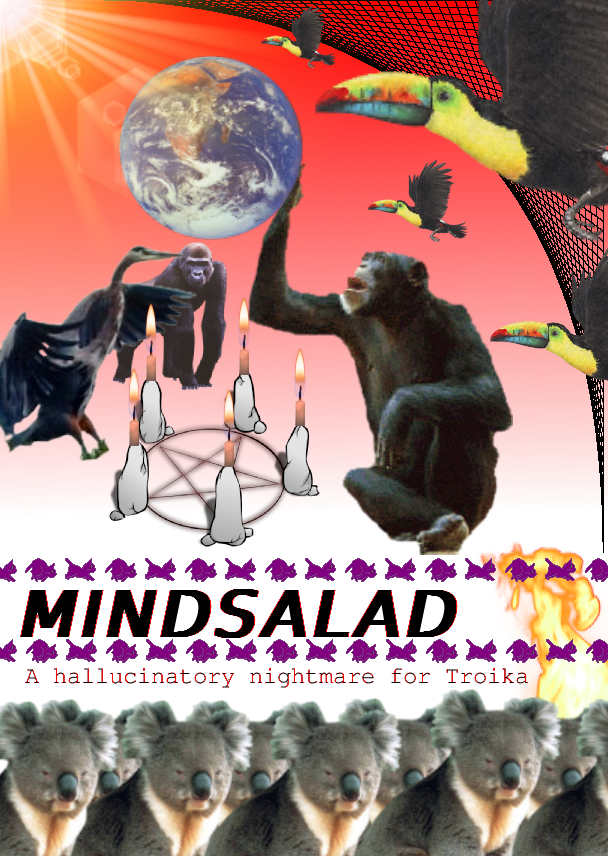
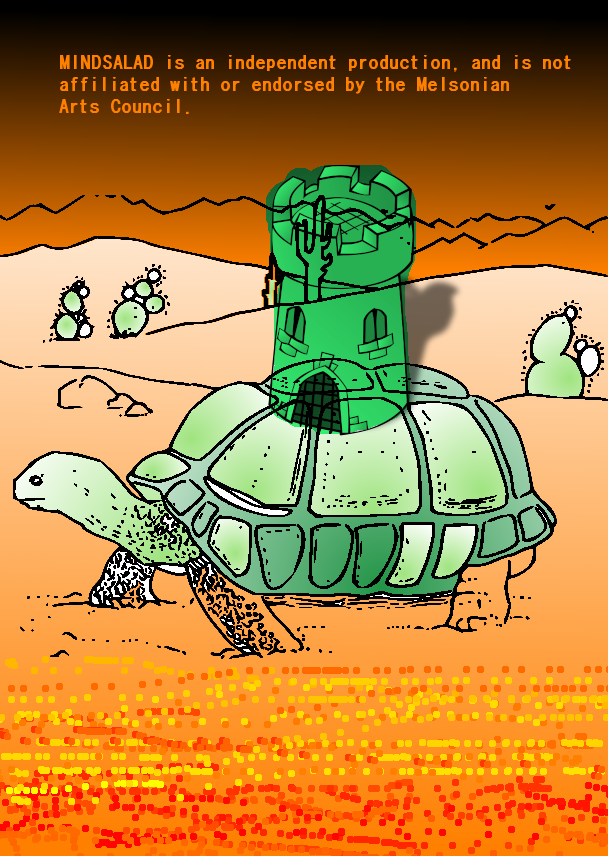
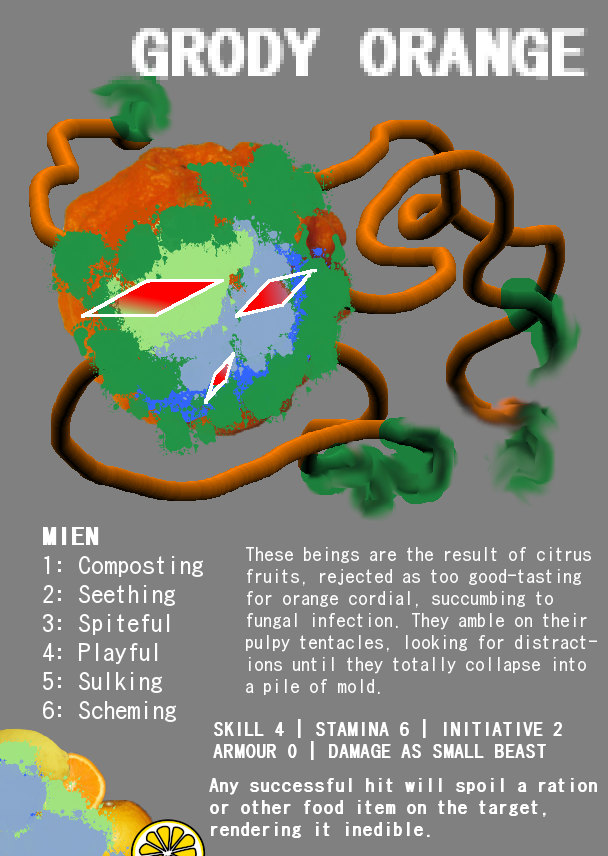
Got this in the bundle, and it was delightful the whole way through, especially the pixel art. I did notice two minor mistakes, though (I'll give monster numbers to avoid spoilers):
- No. 19 has a black bar behind its title
- No. 71 has two consecutive "a"s in this sentence; "It sprays a a hallucinogenic gas..."
These didn't detract from the experience at all, though. My favourites were No. 27, 31, and 59. I'd love to see more fake strategy guides in the future.


